
In the U.S., being “middle class” or “upper middle class” depends on where you live and how much you earn. Zillow says the average home costs about $361,282, and MSM Unify reports that basic living costs are between $2,000 and $4,000 each month. So, being in the middle or upper middle class is about how much your money can cover in different places.
Alabama: Middle Class $40,440 – $121,320
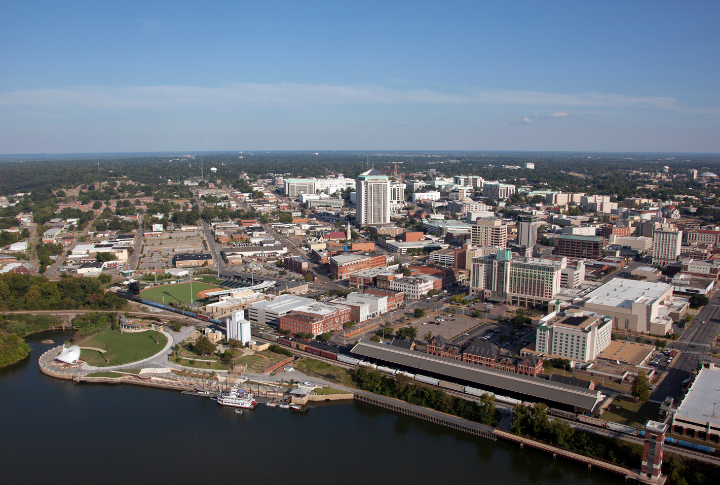
According to Zillow, houses are more affordable, costing around $228,102 on average. This makes it easier for people to live well on a middle-class income. But to be in the upper middle class, you need to afford more, like better healthcare and education. The difference depends on where you live.
Alaska: Middle Class $65,460 – $196,380
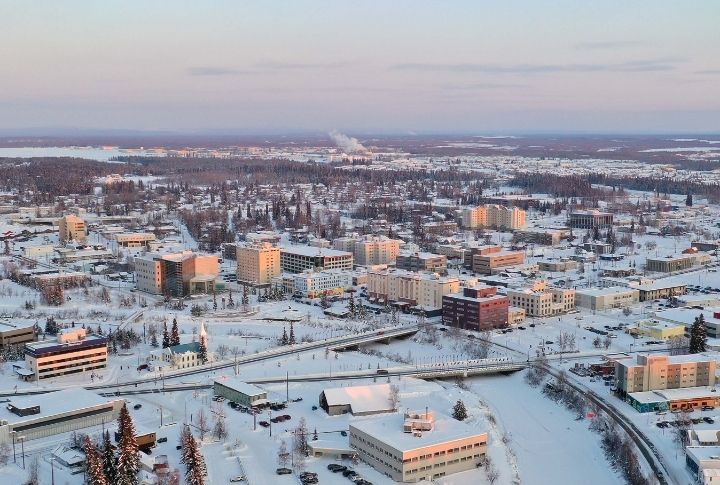
When looking at the middle, and upper-middle-class income, rent in Alaska gives us important information. Data by Apartments A one-bedroom apartment costs about $1,257 monthly, and a two-bedroom apartment costs around $1,500. These prices can make it hard for families in these income groups to find homes they can afford.
Arizona: Middle Class $55,107 – $165,320
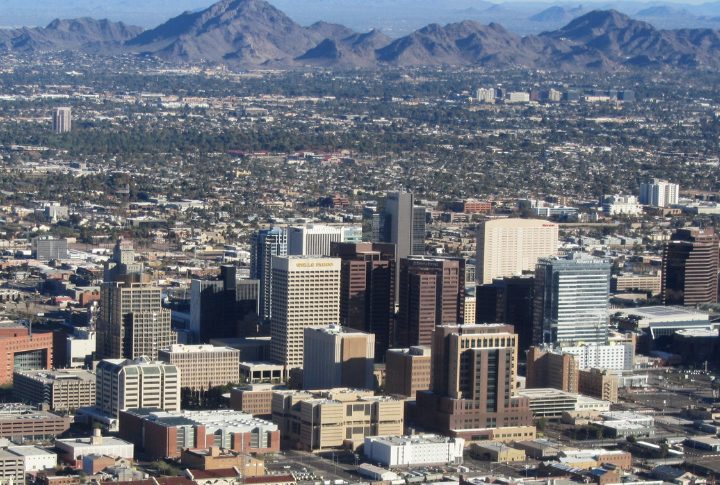
While Arizona’s cost of living is 6% higher than the national average, as reported by Rent Cafe, a comfortable lifestyle might require a bit more. Families earning on the upper end of $165,320 can enjoy more flexibility when spending on outdoor activities, while those earning closer to $55,107 may need to be more mindful of everyday expenses.
Arkansas: Middle Class $42,167 – $126,500

Housing costs 23% less than the national average, according to a survey by Rent Cafe, so someone earning $42,167 can live comfortably. If you make $126,500, you have more money for extra things. This wider income range shows how much money families can spend and save in Arkansas.
California: Middle Class $59,913 – $179,740
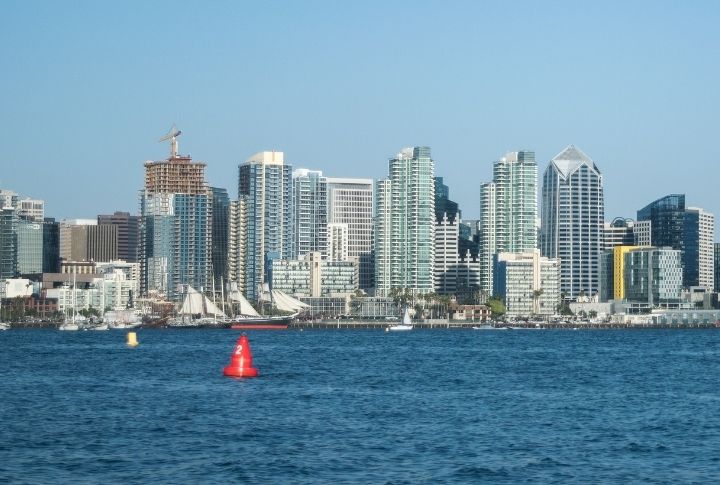
A study by Unbiased found that to rent a house in California, one should expect to pay around $2,800 a month. Home prices average $786,180, and cities like Los Angeles push values close to $1 million. These high costs make it difficult for middle-class families in California to stretch their earnings, especially when factoring in other expenses.
Colorado: Middle Class $64,427 – $193,280
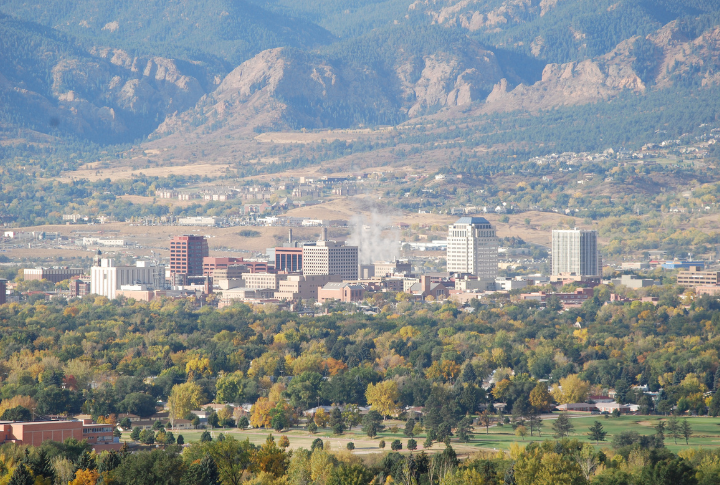
People in Colorado spend more than usual on transportation. In Denver, public transit costs about $88 a month. As insurance prices go up, healthcare can cost around $7,364 per person each year as evident by an article from Durango Homes. These costs show how living expenses are not the same in every state.
Connecticut: Middle Class $61,493 – $184,480
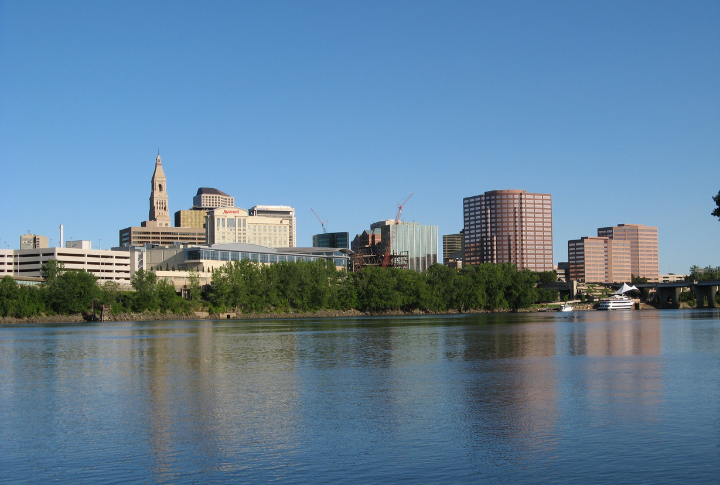
Families in Connecticut who earn middle-class incomes face higher costs for daily needs. Utilities are 31% more expensive, and healthcare is 9% higher than the national average. Even food and transportation come with slightly higher prices citing data from Rent Cafe. These added financial burdens can make it harder for middle-class families to manage their money.
Delaware: Middle Class $57,560 – $172,680
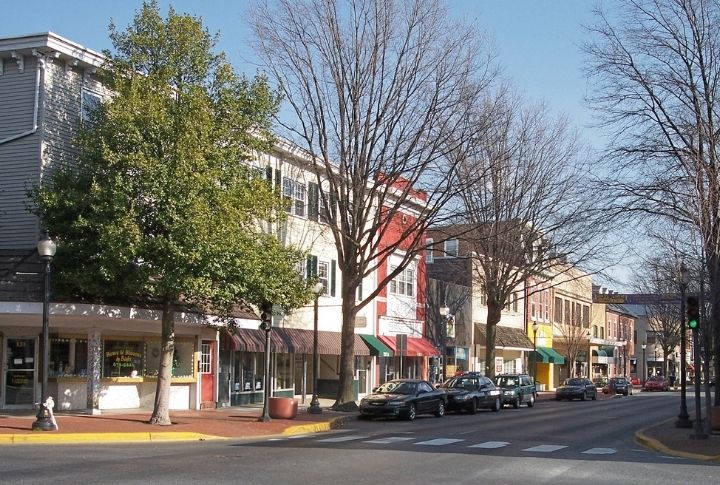
Research conducted by Rent Cafe states that food prices are 4% above average, while healthcare and transportation expenses each rise by 3%. Balancing these increasing costs within a middle-class income can be tricky, especially when non-essential services like entertainment and personal care come with a 4% markup.
Florida: Middle Class $48,133 – $144,400
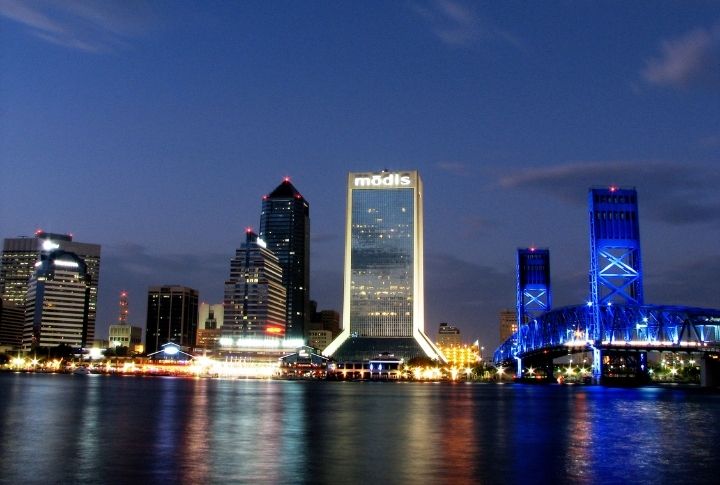
In Florida, food costs are 1% lower, and healthcare is 4% lower, making essential financial burdens a bit easier to manage. Transportation, however, is 1% higher, and non-essential items are 4% less expensive, as mentioned in an article by Rent Cafe. For families, balancing these bills is key to staying within the middle-class income range.
Georgia: Middle Class $48,280 – $144,840
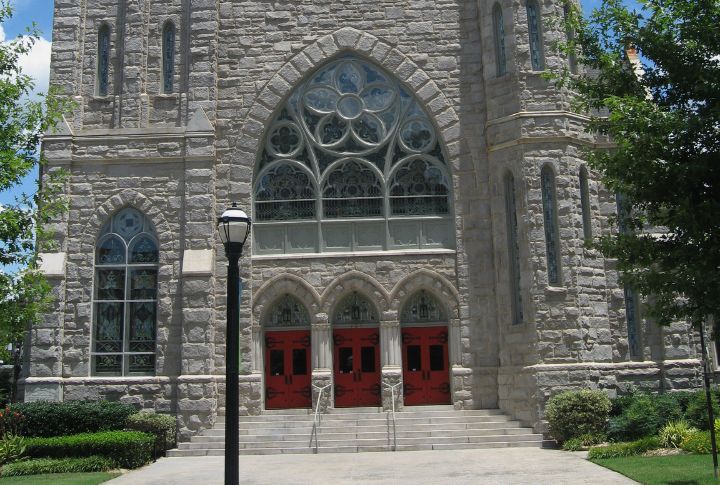
Overall, living in Georgia costs about 10% less than living in the rest of the country. Monthly bills for things like electricity and water are 13% lower. Food costs about 4% less, too. Healthcare is a little more expensive, about 1% higher, according to data provided by Rent Cafe.
Hawaii: Middle Class $64,907- $194,720
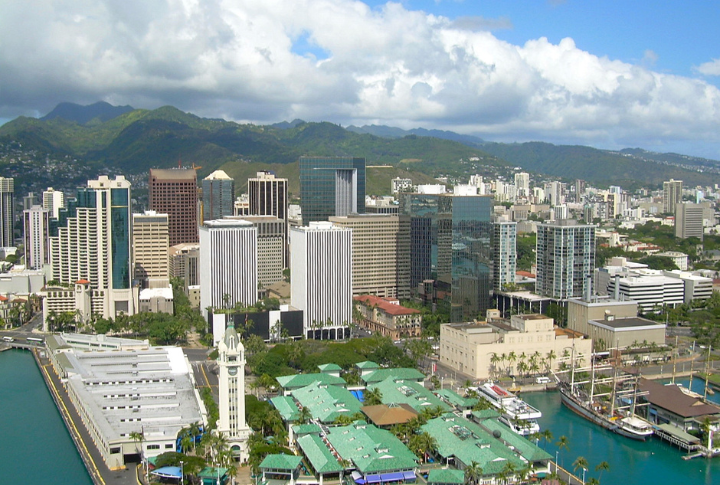
Findings from Dwellhawaii show that people in the lower middle class often struggle to afford expensive things like groceries, which are 64% more expensive than average, and utilities, with electricity bills of around $342 a month. To move into the upper middle class, you usually need to earn more than the median income of $64,907.
Idaho: Middle Class $46,809 – $49,273 – $147,820
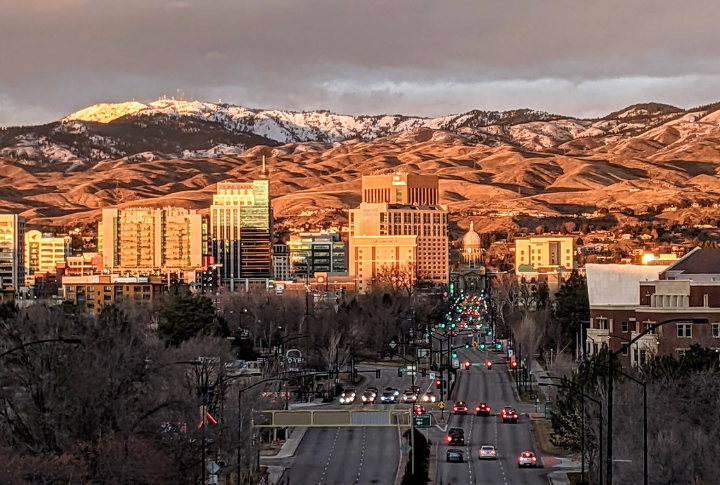
Managing to stay comfortable can be challenging. For a single person, the required income to cover the basics and save is about $88,733 annually, making Idaho the 27th most expensive state, as revealed by Idaho Statesman. This amount reflects the need to balance necessities, wants, and savings.
Illinois: Middle Class $58,547 – $175,640
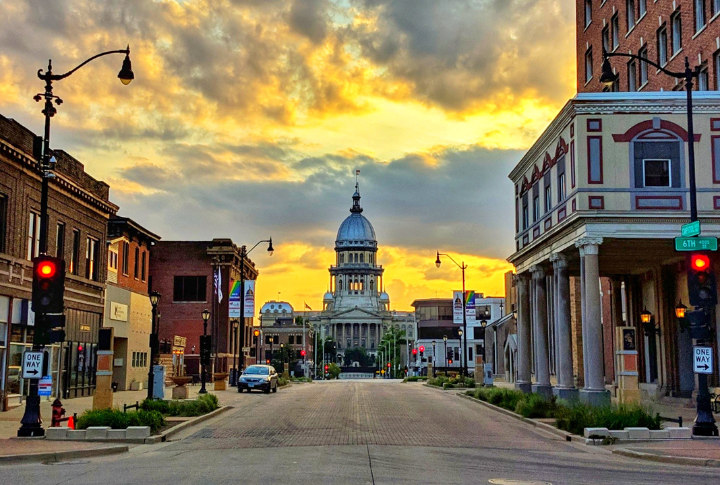
Despite the overall lower cost of living in Illinois, places like Chicago have higher rates, especially for getting around and other non-essential things. Groceries and healthcare are cheaper, which helps with budgeting. Cities like Danville and Decatur are much more affordable, with prices up to 22% lower than the national average, as noted in a post by Rent Cafe.
Indiana: Middle Class $51,273 – $153,820
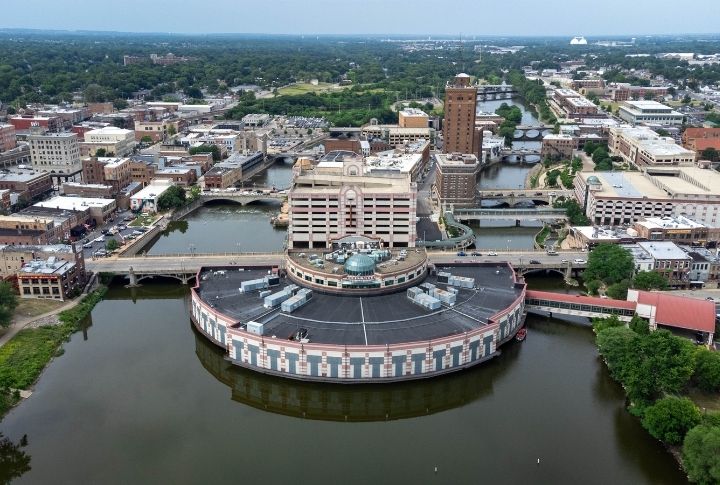
Basic expenses like food are about 1% lower than the national average, and groceries and clothing cost around 5% less, allowing for more flexibility in budgeting. While utility costs are slightly higher at 1%, healthcare services are 2% lower, which can help families manage their medical expenses more effectively.
Iowa: Middle Class $53,907 – $161,720

Costs in Iowa cities can vary a lot. Spencer is the most expensive, 12% more than average, while Sioux City is much cheaper, 20% less, according to research by Rent Cafe. Depending on your income and lifestyle, these differences help show if you’re in Iowa’s middle class or upper middle class.
Kansas: Middle Class $56,553 – $169,660
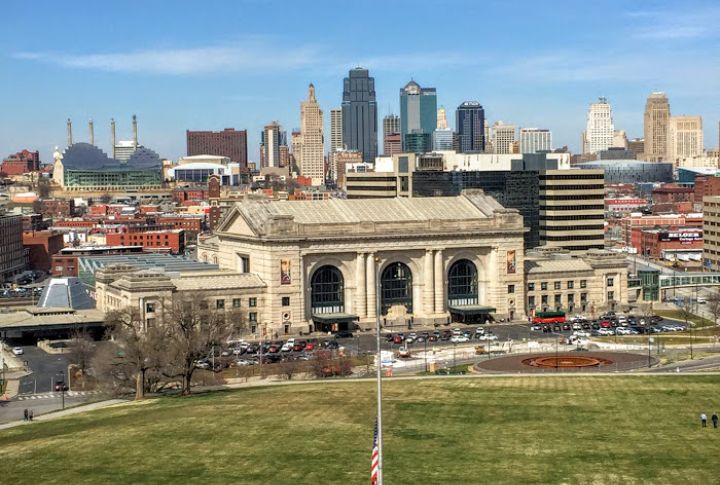
Utilities are slightly higher, but food and transportation are notably cheaper. As seen from Rent Cafe statistics, cities like Pittsburg and Salina offer the lowest living rates, with living charges 16% lower than the national average. Manhattan is the priciest city in Kansas but still remains 9% cheaper than the national average.
Kentucky: Middle Class $41,320 – $123,960

Kentucky is quite cheap, with costs 14% lower than the national average. Monthly groceries cost around $315, and transportation costs about $10,000 a year for one person, as reviewed by Unbiased. Whether you’re middle class or upper middle class in Kentucky depends on your income and how you manage these expenses.
Louisiana: Middle Class $38,433 – $115,300
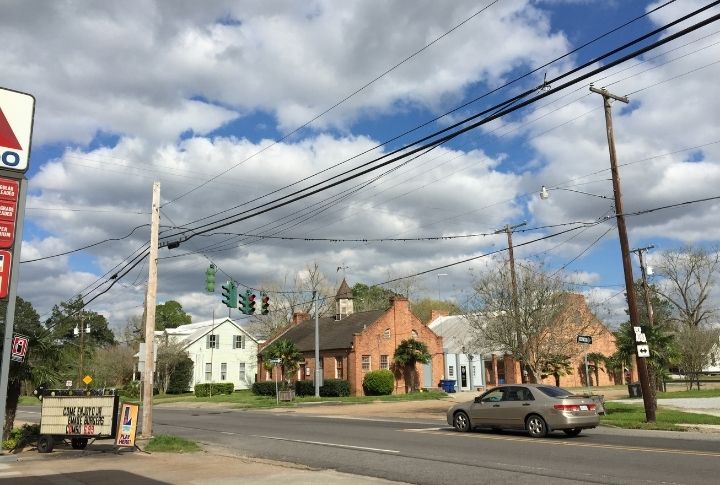
A report published by Best Place states that utilities are slightly higher, but food and transportation are notably cheaper. Cities like Pittsburgh and Salina offer the lowest living rates, with living charges 16% lower than the national average. Manhattan is the priciest city in Kansas but still remains 9% cheaper than the national average.
Maine: Middle Class $50,493 – $151,480
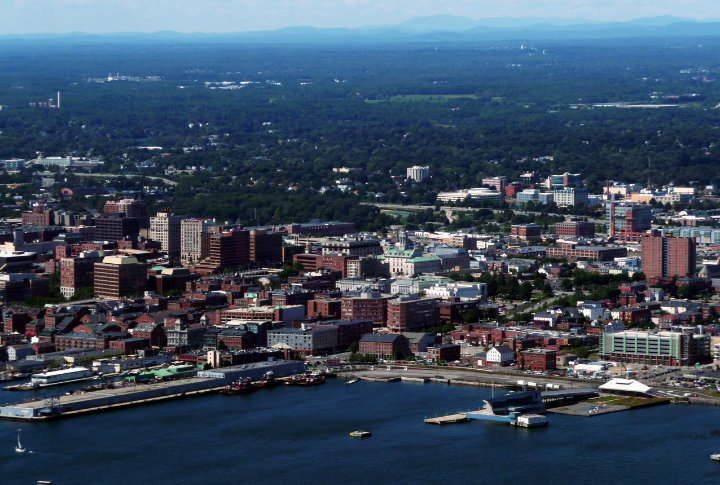
Groceries are about $372 monthly in Portland, and transportation is around $4,400 a year. Childcare is $9,314 per year for one child. Maine’s state income tax is between 5% and 7.15%, according to research by Unbiased. You need to compare your income with these financial commitments to see if you are middle- or upper-middle-class.
Maryland: Middle Class $68,000 – $204,000

The state has a higher cost of living, with average home prices around $387,872 and significant outlays for utilities, groceries, and childcare. Those at the higher end of the income range tend to manage these financial demands more easily. For example, utility bills average $450, and childcare fees are about $11,000 per year, as reported in an article by Unbiased.
Massachusetts: Middle Class $71,000 – $213,000
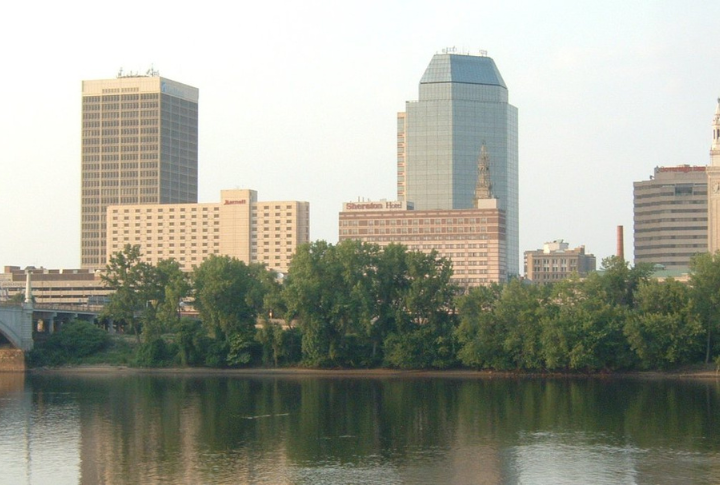
Basic necessities like food and healthcare are more expensive in Massachusetts, according to Rent Cafe, with groceries being 4% higher and healthcare 29% more costly. Housing is 108% pricier than average, and utilities are 16% more. Prices vary by city: Nantucket is the most expensive, 132% higher than the national average, while Pittsfield is more affordable, just 2% above average.
Michigan: Middle Class $51,307 – $153,920
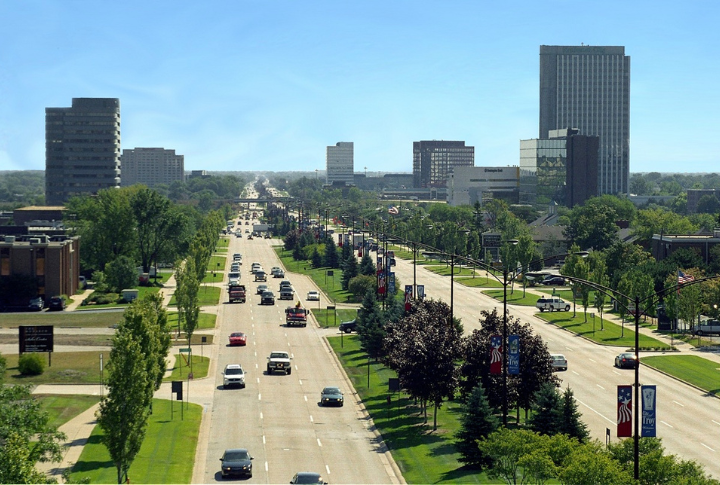
In Michigan, living costs are 4% lower than the U.S. average, which affects middle—and upper-middle-class income levels. Basic bills like utilities are 2% cheaper, and healthcare costs are the same as the national average, giving these families some help. According to Uphomes, food is a bit more expensive by 1%.
Minnesota: Middle Class $60,227 – $180,680

Many people in Minnesota make more than they need to get by. For instance, a typical family of four in the Twin Cities earns $148,901 a year, as documented by Minnesota Reformer. This higher income helps them afford to live comfortably and manage regular costs like housing.
Mississippi: Middle Class $36,707 – $110,120
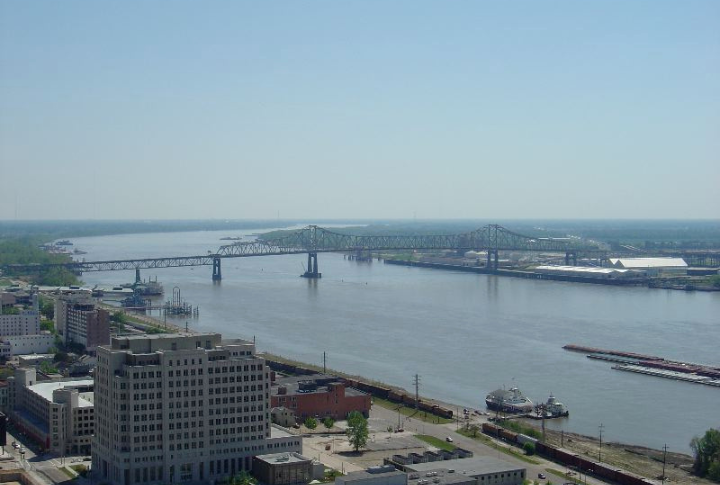
In Mississippi, the distinction between the middle and upper middle classes is clear due to the price of sustenance. Homes average around $162,292, based on a result by Unbiased, and renting an apartment in Jackson is about $982 a month. Utility bills are reasonable, with energy at $135.31, water at $23, and internet at $30 each month.
Missouri: Middle Class $52,193 – $156,580

Housing prices are moderate in St. Louis, with an average home value of $227,347 and rental rates around $1,151. Utilities are affordable, with energy bills at $118.55 and water bills at $39 per month. Groceries are about $300 monthly, while transportation fees amount to about $5,300 annually, as Unbiased uncovered.
Montana: Middle Class $52,813 – $158,440
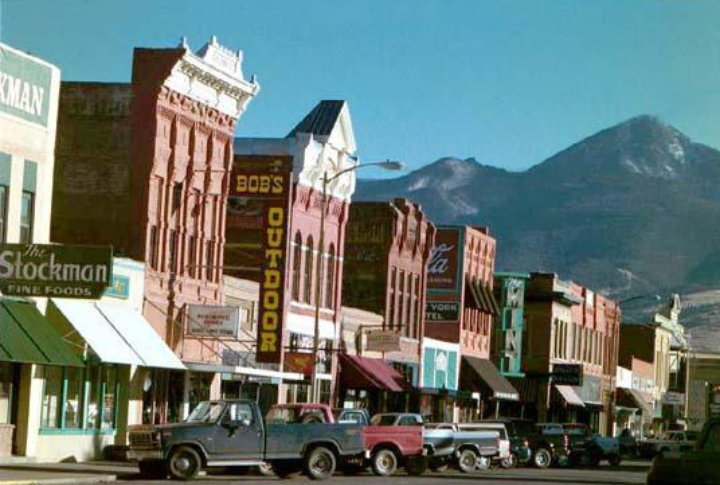
A Ramsey Solutions study suggests that utilities are 7.8% lower than the national average. Healthcare charges are close to average, with some items, like prescription drugs, being notably cheaper. For someone in Montana, making between $52,813 and $158,440 places you in the middle to upper middle class, but high housing and transportation rates can push these figures higher.
Nebraska: Middle Class $59,460 – $178,380
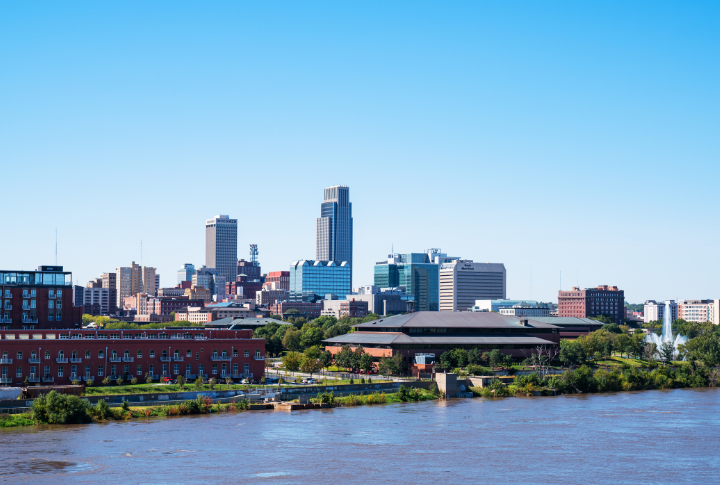
Housing is 21% cheaper, and utilities are 14% less expensive. Food prices are 4% lower, and healthcare is 2% less, as indicated in a report by Rent Cafe. Cities like Lincoln and Omaha are somewhat pricier but still lower than most places. Overall living costs are 9% lower than the national average, and this makes it a more affordable place to reside.
Nevada: Middle Class $54,207 – $162,620

Healthcare expenses in Nevada can vary, but a single adult typically spends around $2,961 annually. Although there is no state income tax to alleviate financial burdens, residents encounter a sales tax ranging from 6.85% to 8.375%, and this rate depends on their location. Unbiased uncovered this.
New Hampshire: Middle Class $65,853 – $197,560
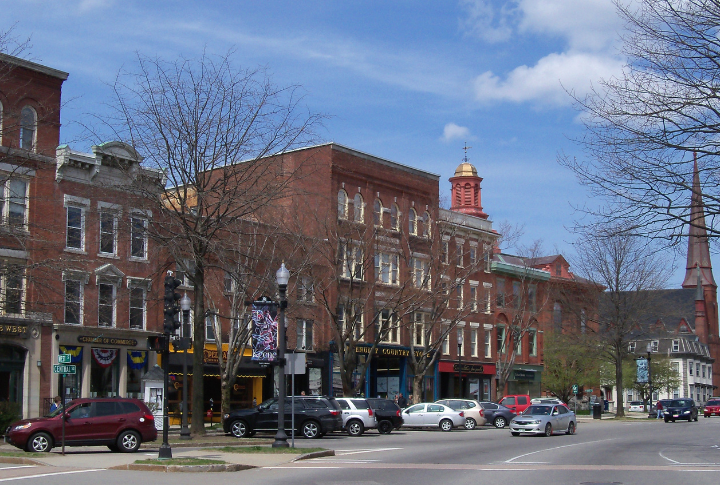
New Hampshire has no state income tax, which is good for budgeting. However, there’s a 9% tax on eating out and staying in hotels, as evident in an article by Unbiased. The average income for households is $90,845. Middle-class income ranges from $65,853 – $197,560 showing a wide range between the middle and upper-middle classes.
New Jersey: Middle Class $61,060 – $183,180

As outlined by Rent Cafe, housing is 30% more expensive, and utility bills are 10% higher. Food and clothing are slightly pricier, with groceries 5% more and clothing 5% higher. Healthcare charges are about the same as the national average, but entertainment and personal grooming are 5% more on the high side.
New Mexico: Middle Class $40,653 – $121,960
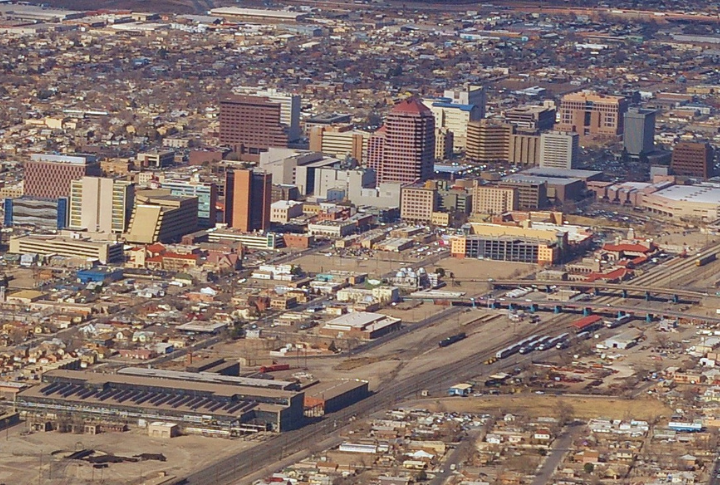
Rent in Albuquerque is $1,281 a month, according to Unbiased, which is lower than in many other places. Healthcare fees are slightly below the national average. New Mexico has a state income tax between 1.7% and 4.9%, and sales tax ranges from 5.125% to 9.0625%, depending on where you are in the state.
New York: Middle Class $54,400 – $163,200

Food and groceries in New York City are expensive. As revealed by Unbiased, milk costs $5.21 a gallon, and bread costs $4.08. Healthcare is about 6% more costly than in other parts of the country. Childcare can cost as much as $28,574 a year for two kids.
North Carolina: Middle Class $45,740 – $137,220

It’s not just about the numbers; living well is more than just making ends meet comfortably. Balancing the price of a home, which averages $369,500, and monthly outlays like $260 for utilities in line with a study by Unbiased, taxes, and other financial commitments helps show where you really stand financially.
North Dakota: Middle Class $51,307 – $153,920
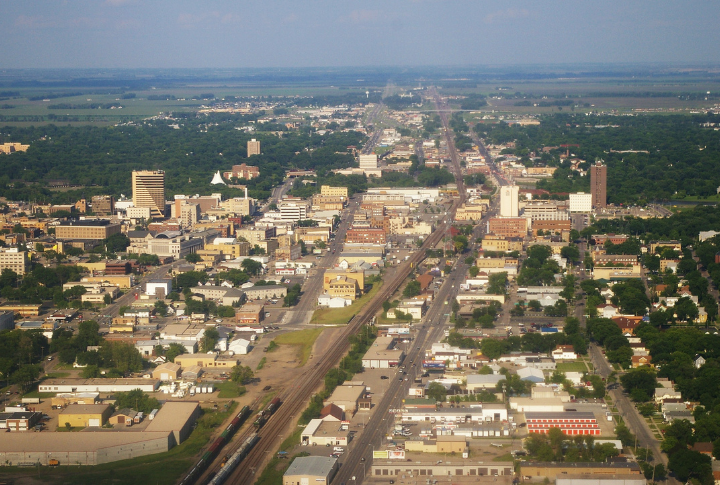
Utility costs are a big part of North Dakota’s expenses. On average, families spend about $396 a month, as data by Unbiased reviewed. This includes about $114 for energy, $31 for water, $30 for internet, $62 for natural gas, and $114 for phone bills. Streaming services add around $47 each month.
Ohio: Middle Class $49,180 – $147,540
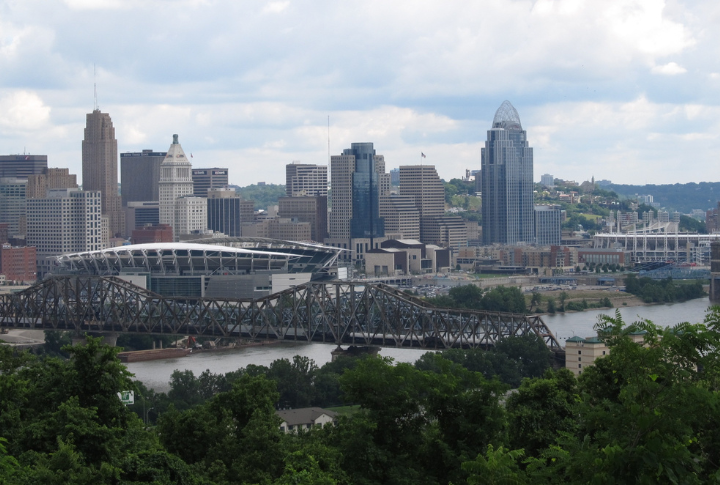
Ohio’s big cities have different price levels. Ashland is 17% cheaper than the national average, while Lima is about the same as other locations. Transportation requires more money, but healthcare and food are less expensive, as Rent Cafe mentioned. These factors help show where families fall between Ohio’s middle and upper middle classes.
Oklahoma: Middle Class $44,887 – $134,660

Transportation and healthcare are somewhat higher: Transportation is 1% more expensive, and healthcare is 11% more. Utilities are also a bit pricier. Many other things, like groceries and clothes, are about 15% cheaper. However, housing is a significant factor in this difference, with home prices 31% lower compared to other places Forbes reviewed.
Oregon: Middle Class $59,160 – $177,480

While housing takes a big chunk of the budget, groceries and healthcare are also pricier. Groceries cost 7% more, and healthcare is 3% higher than the national average, Ramsey Solutions stated. Utilities are a bit cheaper, 3% below average. Transportation is another notable expense, 17% higher, with gas averaging $4.34 per gallon.
Pennsylvania: Middle Class $53,213 – $159,640

Healthcare costs an average of about $3,178 per year for a single adult and around $9,437 per year for a family of four. These amounts can change depending on insurance and needs. In line with a study from Unbiased, childcare is also expensive, averaging $9,532 per year for one child and $19,064 for two children.
Rhode Island: Middle Class $54,573 – $163,720
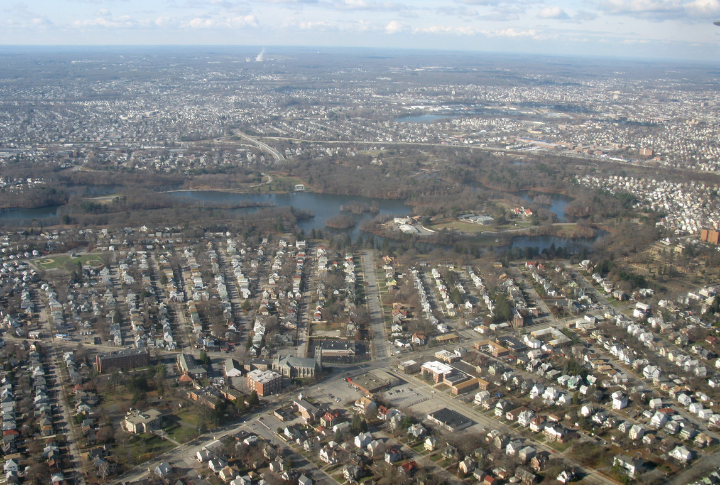
Rhode Island is 12.5% more expensive than the national average. Homes here are pricey, with the average home priced at $401,200, which is 18.7% above the national average. Renting a two-bedroom apartment is about $1,430 a month as united in a review by Best Place.
South Carolina: Middle Class: $46,067 to $138,200

The cost of living here is lower than the national average. For example, houses are priced between $216,536 in Columbia and $725,549 in Mount Pleasant. On average, utilities run $453 a month, and food prices are similar to other places, though groceries in Charleston are among the highest, as per a study by Unbiased.
South Dakota: Middle Class $54,493 to $163,480

One big benefit of residing in South Dakota is the low taxes. People here pay about $482 a year in taxes, which covers state and federal income taxes, Social Security, and Medicare. Research conducted by Dakota showed that it was less than the national average of $6,542, making it a very tax-friendly place.
Tennessee: Middle Class $48,467 – $145,400

Utility bills cost about $431 a month, and groceries in Nashville cost around $346 each month. Transportation and healthcare costs also add up. There is no state income tax, but sales tax can go up to 9.75%, according to Unbiased. These costs help show how much money middle—and upper-middle-class families need to live comfortably in Tennessee.
Texas: Middle Class Income $52,707 – $158,120

According to a study by Unbiased, renting an apartment costs about $1,100 a month. Utility bills are around $424 each month, and grocery bills are 3% more to 21% less than the national average, dependant on where you live. You’ll spend about $10,216 a year for transportation if you’re a single adult.
Utah: Middle Class $67,467 – $202,400
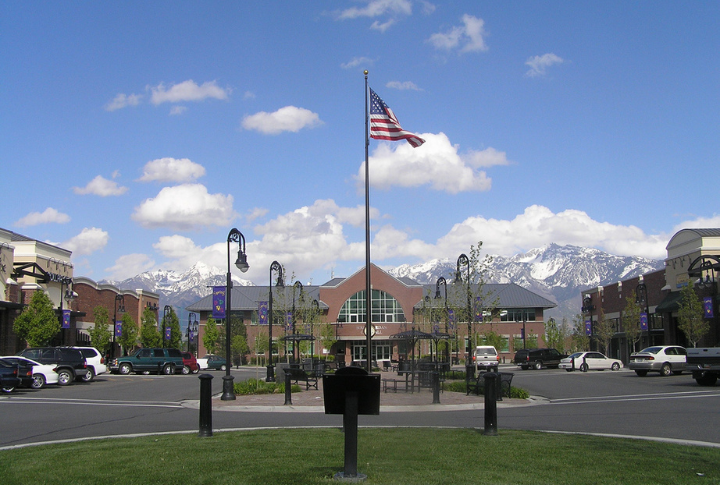
On average, you’ll spend about $3,638 each month in Utah. Utilities run around $345, and groceries cost about $282 a month. Transportation costs more, totaling $5,300 a year for one person, as noted in an article by Unbiased. These amounts cover basic needs like power, food, and getting around.
Vermont: Middle Class $56,793 – $170,380

Food and transportation costs also impact budgets, with residents spending $249.38 per week on groceries. Healthcare, too, adds to the equation, as Vermont employees contribute about $2,071 annually for employer-sponsored insurance. These factors shape what it means to be in this state’s middle or upper-middle class.
Virginia: Middle Class $64,327 – $192,980

Cities in Virginia vary. Arlington is the most expensive, running 37% more than the state average, which can make it hard for middle-class families to afford, as evidenced by Rent Cafe. On the other hand, Lexington is much cheaper, being 12% less than both the state and national averages.
Washington: Middle Class $62,293 – $186,880

Seattle is the priciest city in Washington, with a 45% higher than the national average. This can make it hard for middle-class families to stretch their budgets. On the other hand, Kennewick is much cheaper, with 17% lower than the state average and 2% below the national average, according to Rent Cafe.
West Virginia: Middle Class $40,273 – $120,820
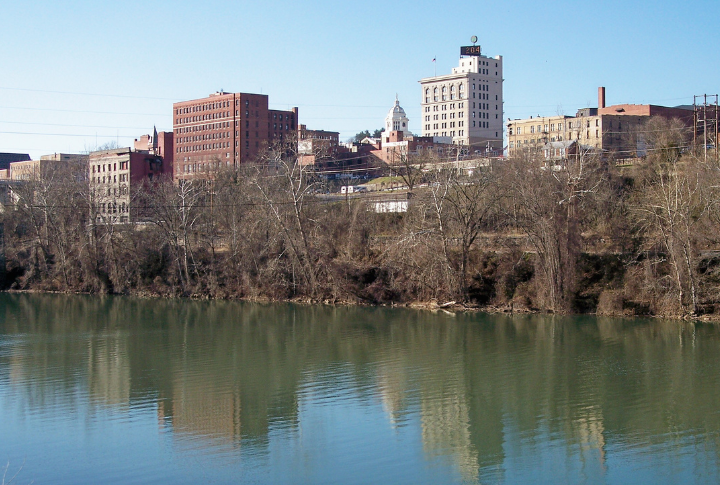
Homes are 21% cheaper than average, so buying or renting is cheaper. Utilities are 6% lower, and food is 5% cheaper. Rent Cafe reviewed that healthcare is 8% lower, too. However, transportation is 6% higher, which could be a problem for people who travel often. Overall, West Virginia is more affordable, which helps those with lower-middle-class incomes.
Wisconsin: Middle Class $53,127 – $159,380

Home prices in Wisconsin are about 79% of the typical U.S. cost, averaging $262,652. Monthly utility bills are around $395, and groceries are $385 each. Healthcare for one adult is about $3,335 per year, while transportation adds around $5,300 annually, as seen in research conducted by Unbiased.
Wyoming: Middle Class $51,467 – $154,400
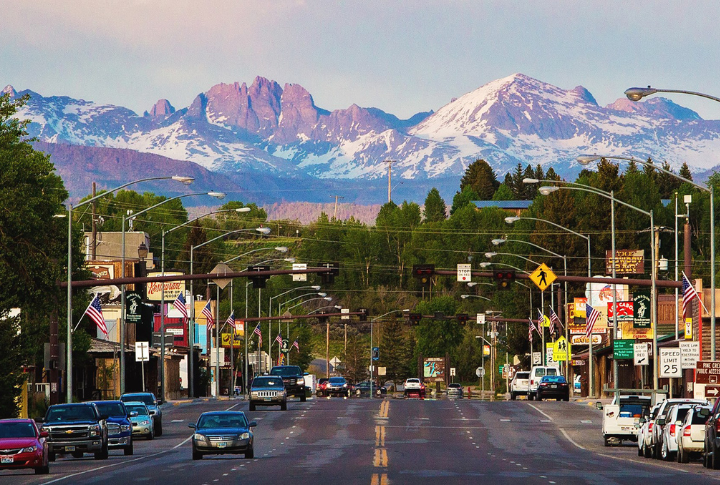
Monthly utility bills are 13% lower, food is only 2% higher, and healthcare is about the same as in other states according to findings by Rent Cafe. Transportation is 7% cheaper, and other goods and services are 1% less expensive. Cheyenne is 4% more expensive than the state average, while Casper is 10% cheaper than the national average.
